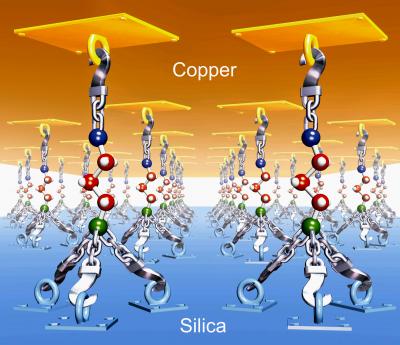Viruses are notorious villains. They cause serious human diseases like AIDS, polio, and influenza, and can lead to system crashes and data loss in computers.
A new podcast explores how nanotechnology researcher Angela Belcher, from Massachusetts Institute of Technology (MIT), is working with viruses to make them do good things. By exploiting a virus’s ability to replicate rapidly and combine with semiconductor and electronic materials, she is coaxing them to grow and self-assemble nanomaterials into a functional electronic device. Through this marriage of nanotechnology with green chemistry, Belcher and her team are working toward building faster, better, cheaper and environmentally-friendly transistors, batteries, solar cells, diagnostic materials for detecting cancer, and semiconductors for use in modern electrical devices—everything from computers to cell phones.
Continue reading →


















